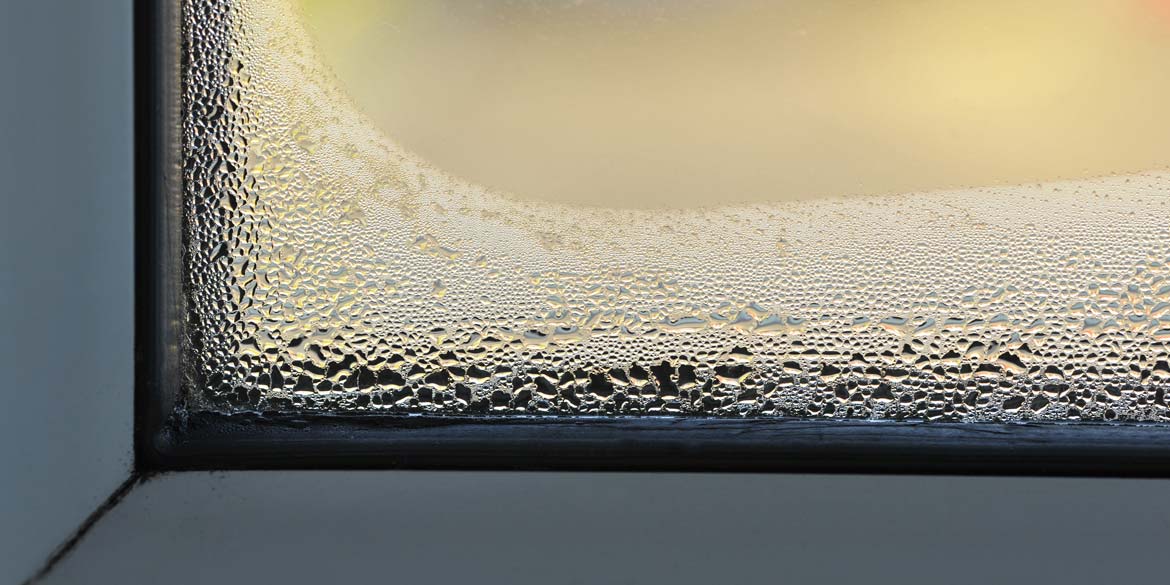
As building surveyors we often get calls from concerned tenants or homeowners who fear they have discovered damp in their property. Upon closer inspection by a professional eye, the suspected damp can often turn out to be issues resulting from excess condensation or humidity from poor ventilation in the building. Luckily, this is often much easier, and less costly to rectify than a case of rising or penetrating damp.
Poor ventilation can cause more problems than you might imagine, and here we look at one particular case that highlights some unusual consequences that can occur if fresh air isn’t able to circulate properly throughout your property.
If you believe the cause of damp in the property is from structural defects, leaks or water ingress – please read our article on the leading causes of damp.
Condensation issues are a common concern for tenants and homeowners. It is often mistaken for rising or penetrating dampness, causing unnecessary worry. However, a professional inspection can identify and differentiate it from such damp issues. Condensation is typically a result of excess moisture in the air caused by activities like cooking, showering, and drying clothes indoors. This excess moisture can lead to water droplets forming on cold surfaces, such as windows and walls.
Inadequate ventilation is a common contributor to condensation issues in buildings. Proper ventilation is crucial in dispersing excess moisture and maintaining a healthy indoor environment. Without adequate ventilation, moisture becomes trapped indoors, creating an environment conducive to condensation and potentially leading to other related issues. Ensuring proper ventilation by installing vents, extractor fans, and airbricks can significantly reduce the risk of condensation and improve indoor air quality.
By following our simple tips below you will ensure your home remains well ventilated and air is able to circulate freely. This, in turn will reduce the chance of creating an environment that encourages mould growth so you can rest assured you’re living in a healthier home.
The homeowner had some raised and uneven areas of woodblock flooring in their living room – they called us concerned that damp in the flooring beneath the woodblock was the cause. During a site inspection, our Chartered Building Surveyor thoroughly assessed the area for moisture using both their hands and a damp reading device. It became evident that the woodblock flooring had lifted away from the concrete slab below to cause the uneven effect. However, when sections of the woodblock were lifted, no unusually high readings of moisture were detected beneath to indicate the presence of dampness in the floor surface.
As our surveyor viewed the rest of the property, it became clear that high humidity levels, due to poor ventilation had caused the woodblock flooring beneath the carpet to expand and lift to create the problem illustrated above. In the case of this example, the homeowner had a large proportion of fixed, un-openable windows in the property and the windows that did open, were obscured by net curtains and rarely used. This meant that moist and warm air from the bathroom & kitchen was unable to leave the property and encouraged mould growth that was seen on window frames, sills and furniture.
In this case, the lack of ventilation also caused the expansion and movement of flooring materials in the living room.